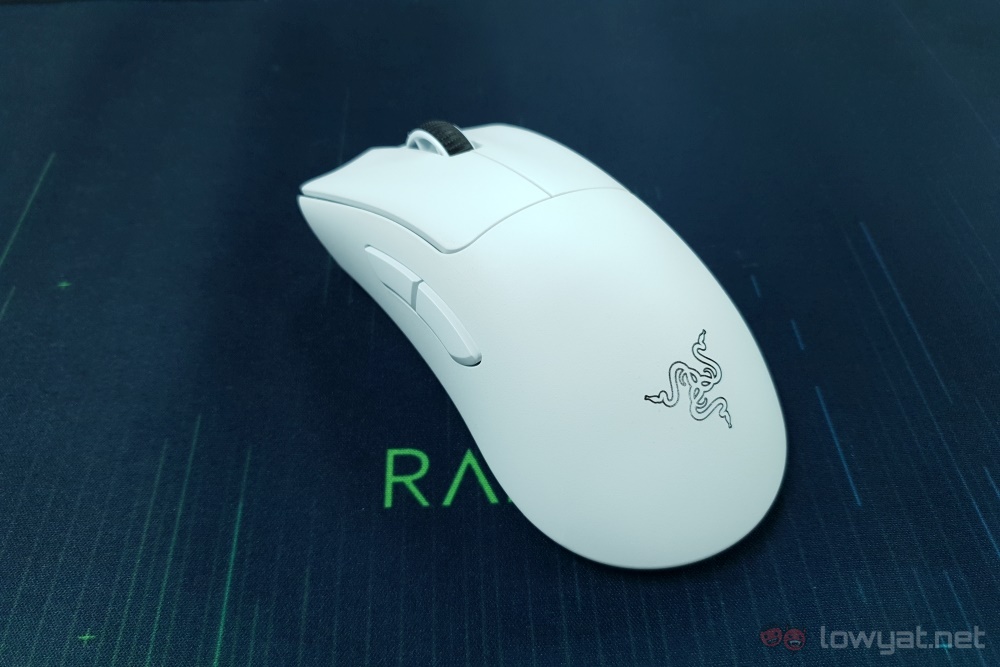It was just about three months ago that Razer announced the Viper V2 Pro, its new gaming mouse made specifically for pro gamers in mind. Now, the company has released what is effectively the same mouse, but in a DeathAdder shell, in the form of the Razer DeathAdder V3 Pro.
Considering the vast similarities between the two, this review will probably give you a sense of déjà vu while reading. There are definitely a few important differences between the two, which will help you decide which one you should get, if you’re looking to get a very high-end gaming mouse.
What Is It?
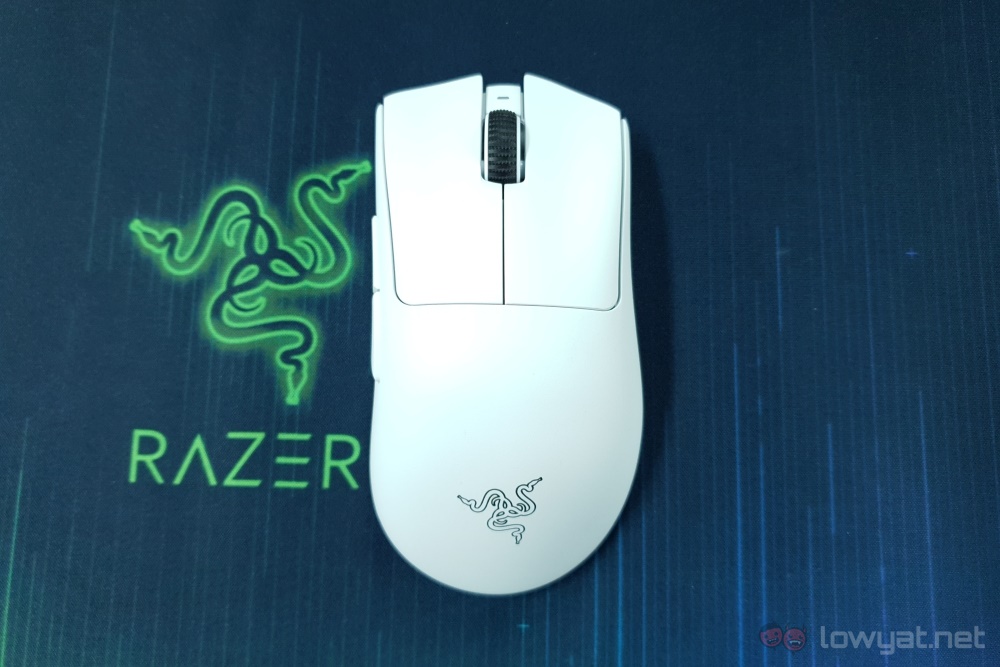
It’s probably safe to say that the Razer DeathAdder V3 Pro combines the best of both the Viper V2 Pro and the DeathAdder line in general. Like the top-of-the-line Viper, it has gone through an aggressive weight-loss regimen, shedding over 25% of its old mass. The scales now give a reading of 63g, or 64g if you have the white version. Yes, we’re seeing another case of white paint being literally and noticeably heavier than black paint. And while it’s no longer as light as a tennis ball, we’re looking at less than 10% more weight, which you likely won’t notice for the most part.
To make up for the paltry 5g increase in weight, Razer has equipped the DeathAdder V3 Pro with a slightly larger battery, boosting wireless operating times from 70 hours to 90 hours. Speaking of wireless operation, we still see the familiar HyperSpeed Wireless tech being an option in addition to good ol’ wired use. More familiar elements include the 30,000DPI and 750 IPS Razer Focus Pro optical sensor, and the 3rd generation optical switches.
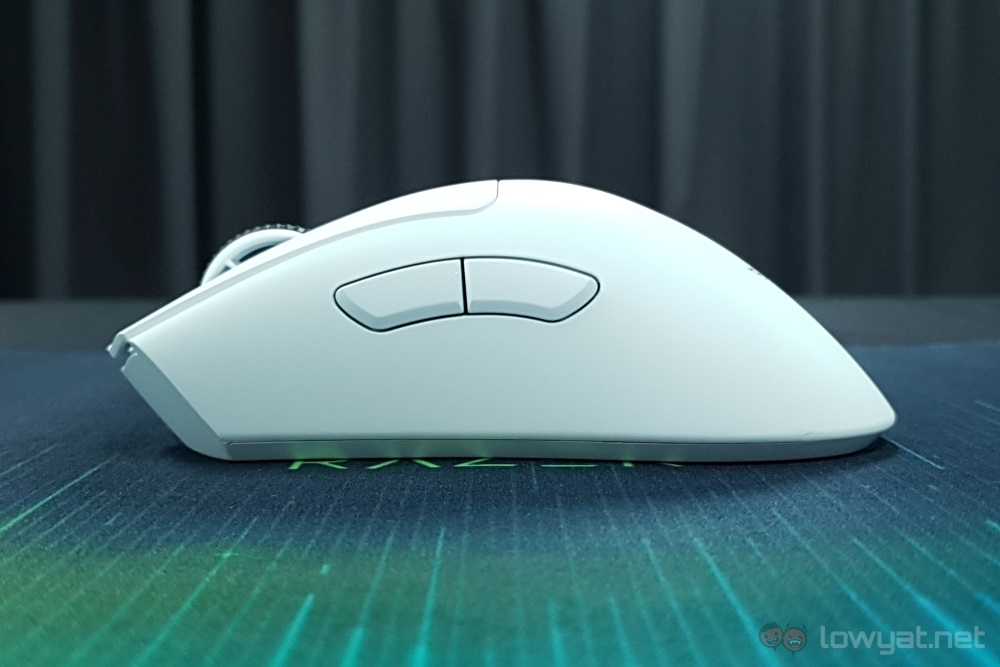
And finally, of course, you have the DeathAdder form factor. I’m not saying that I know this for certain, but it wouldn’t surprise me if an Esports athlete tried using the Viper V2 Pro during testing and told Razer that they prefer the shape of the DeathAdder. I’d personally like to think that gamers would prefer a proper right-handed ergonomic shape over a faux ambidextrous body. Though a slight, inconsequential change – probably as part of the weight loss program – is that the DeathAdder V3 Pro has lost some of its curves at the tip edge of its two main buttons.
Is It Any Good?
Most of the plus points – or demerits, if you feel so inclined – that I previously listed for the Razer Viper V2 Pro apply to the DeathAdder V3 Pro. This includes the 3rd generation optical switches that feel very satisfying to click, as well as the lightweight body reducing fatigue. As before, this may not be to your taste if you prefer heavier mice, but for what it’s worth, it does feel noticeably heavier when plugged in – more so than the Viper, for whatever reason.
The side buttons have also been improved slightly, but unlike on the Viper they are not protruding further out than before. Instead, the lower edges of these buttons have been chamfered, providing an improved point of contact without making them more prone to accidental presses. And if that’s still not enough, the mouse comes with a set of grip tape in the box, like the Viper.
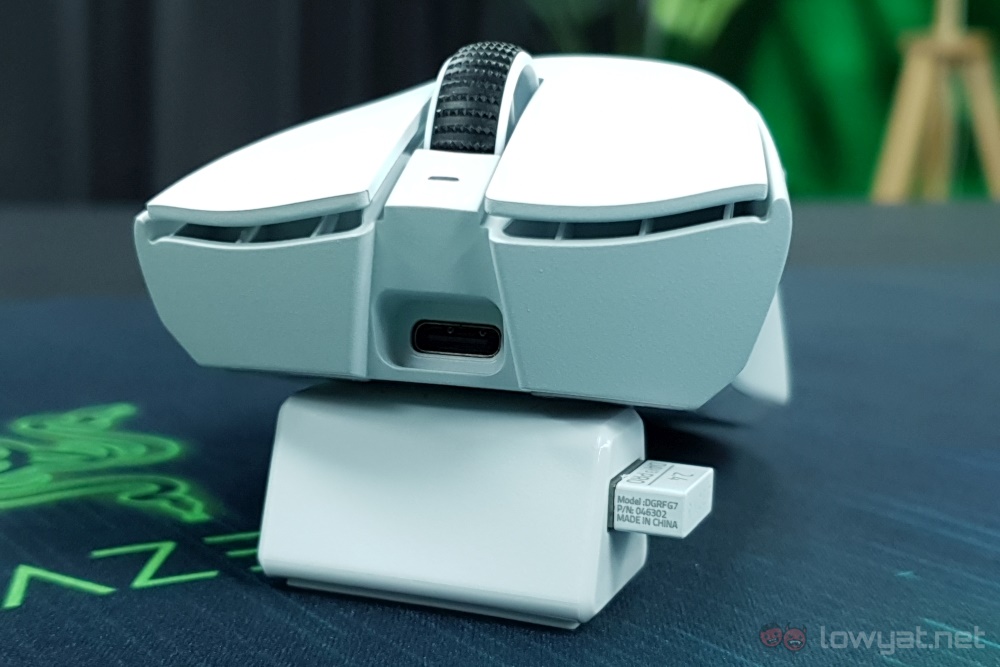
As an aside, it’s probably worth mentioning that the Razer DeathAdder V3 Pro is the second mouse that is compatible with the HyperPolling dongle. While this does boost its wireless polling rate from 1000Hz to 4000Hz, it does cut the battery life down from 90 hours to 24. It is only one of two gaming mice compatible with the dongle, the first naturally being the Viper V2 Pro, which will also likely see its battery life cut down to slightly over a quarter of the original.
The Bad Stuff. Tell Me.
Since Razer passed us the white model of the Viper V2 Pro, the company probably thought it fitting that we reviewed the white DeathAdder V3 Pro as well. So, like with the previous review, I don’t know for sure if this is an issue that applies to both options or if it’s once again an issue for this colour. You guessed it – the felt- or baize-like texture and the resulting grime retention. Part of me wants to say that there’s an improvement on the latter, but I cannot say so for certain because I find myself washing my hands more often while reviewing this mouse.
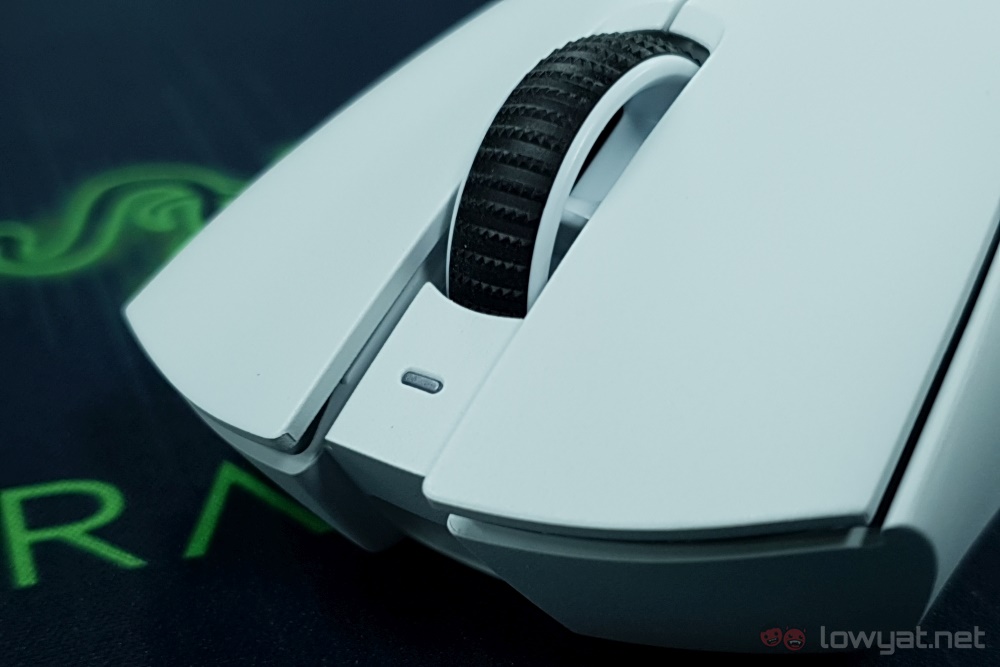
Like the Viper V2 Pro before it, the Razer DeathAdder V3 Pro has also shed its Chroma RGB capabilities in the name of weight loss. In its place is the single LED that serves as both a battery and profile indicator, again like the Viper. Unlike the Viper though, its visibility is much improved, going from a small round LED to a pill-shaped one.
Naturally, the lack of RGB brings me to the price of the Razer DeathAdder V3 Pro, which is RM749, exactly like the Viper V2 Pro. Of course, it would be a bit much to expect a DeathAdder to have buttons on the right side. And while the reason for lacking RGB lighting is as straightforward as can be, it still stings to see the one element that is usually shoehorned in to inflate price tags absent from such a premium gaming mouse.
Should I Buy It?
If you were looking to get a mouse that’s like the Razer Viper V2 Pro, but didn’t immediately go for it, you’ll be glad to know that the DeathAdder V3 Pro presents itself as a true alternative. The two share so many things in common that, really, they may as well be the same product.
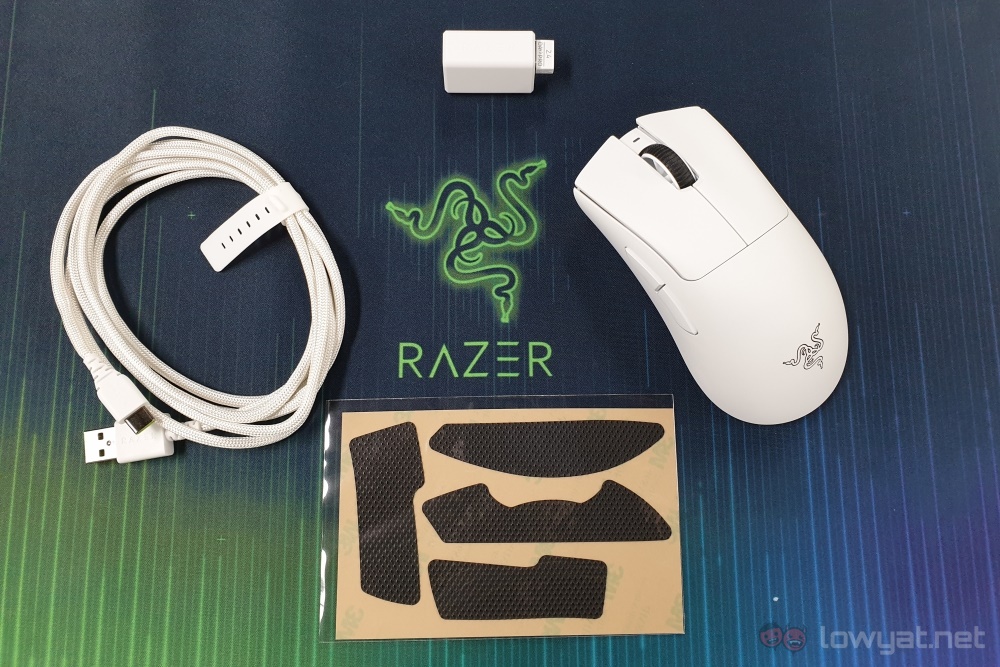
All the points of consideration I listed for the Viper V2 Pro apply here with the DeathAdder V3 Pro. It is the best that the company can offer, in terms of sheer performance values, but stripped of everything else that might justify its high price. The only real thing setting them apart is the form factor.
For gamers with larger hands, the DeathAdder is definitely the one to pick, just for the comfort that its larger size provides. The 5g of extra weight is virtually nothing; I’d actually be impressed if you could feel the difference. And 20 hours on top of an already impressive 70 hours is a bonus that you’ll barely notice, if at all. Between these two, definitely give both a try to find out which one suits your hand size and grip style better.
Follow us on Instagram, Facebook, Twitter or Telegram for more updates and breaking news.


